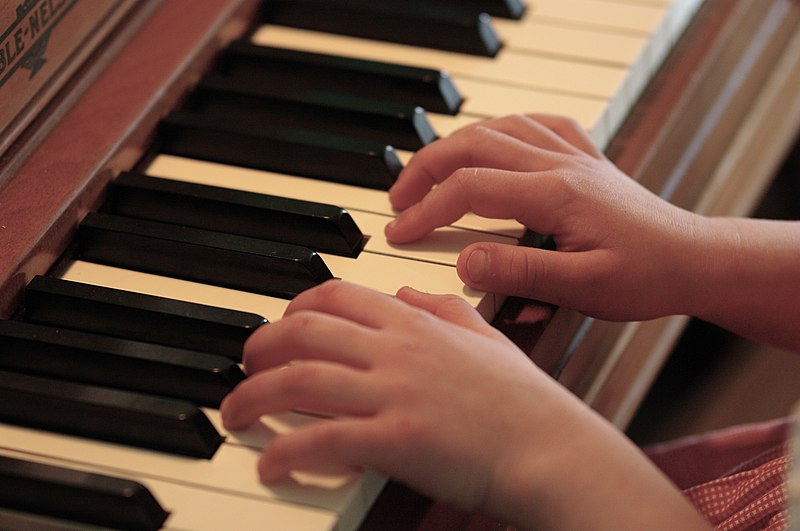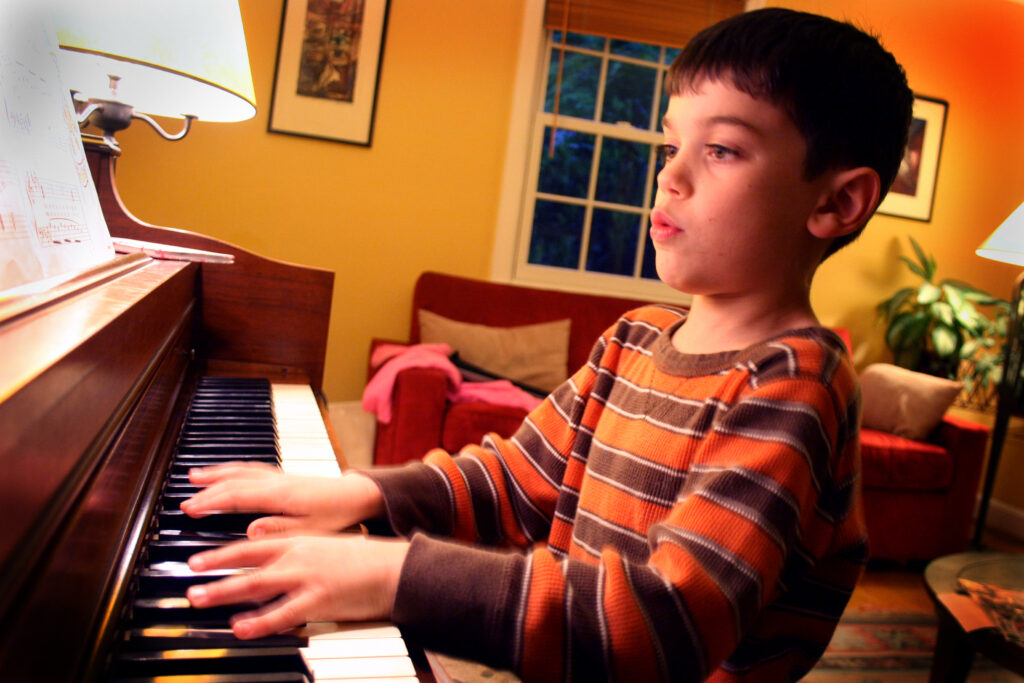forminator domain was triggered too early. This is usually an indicator for some code in the plugin or theme running too early. Translations should be loaded at the init action or later. Please see Debugging in WordPress for more information. (This message was added in version 6.7.0.) in /home/martvqqv/public_html/wp-includes/functions.php on line 6121Help! How do I learn this new piece and tackle my sight-reading? Below I’ve given you some straightforward tips on how best to practise.
For everyone:
For beginners:
Non-beginners (typically over 9 years old and playing for more than a year):
Scales and arpeggios:


Remember to loosen up properly each time you practice:
Throughout your playing, try to keep sitting upright but still relaxed:

Each time you start learning a new piece, follow these learning rules:
Before playing each piece, first of all tap out the rhythm on a single key or clap it out.
And then, play the piece all the way through, without stopping to correct mistakes.

Choose the right learning/practice technique. Either:
Take it slowly at first.
Clap or tap the rhythm before you attempt playing the piece (in separate hands).
Count in one bar before your start.
Keep counting while you are playing.
Read the notes on the page (don’t guess).
Take it slowly the first time you are doing anything, or when you’re sorting out a bit that’s causing difficulty.
Being able to play pieces of music you’ve not seen before is a good skill to develop.
Good practice in sight reading is not to dive straight in, but to scan the piece for its main features. Remember:
You only have to play each piece once. The aim is not to learn to play them perfectly. Instead, you’re learning to play pieces of music reasonably well (not necessarily perfectly) ‘straight off’.

Not sure about how to play a scale or arpeggio? These two websites should help you out.
Piano Fingering Figures gives you the fingering for every scale you will ever want to play. The first page also has a great diagram of the ‘Circle of fifths’.
The Piano Chord Charts on the Key Notes website has details of how to play arpeggios: